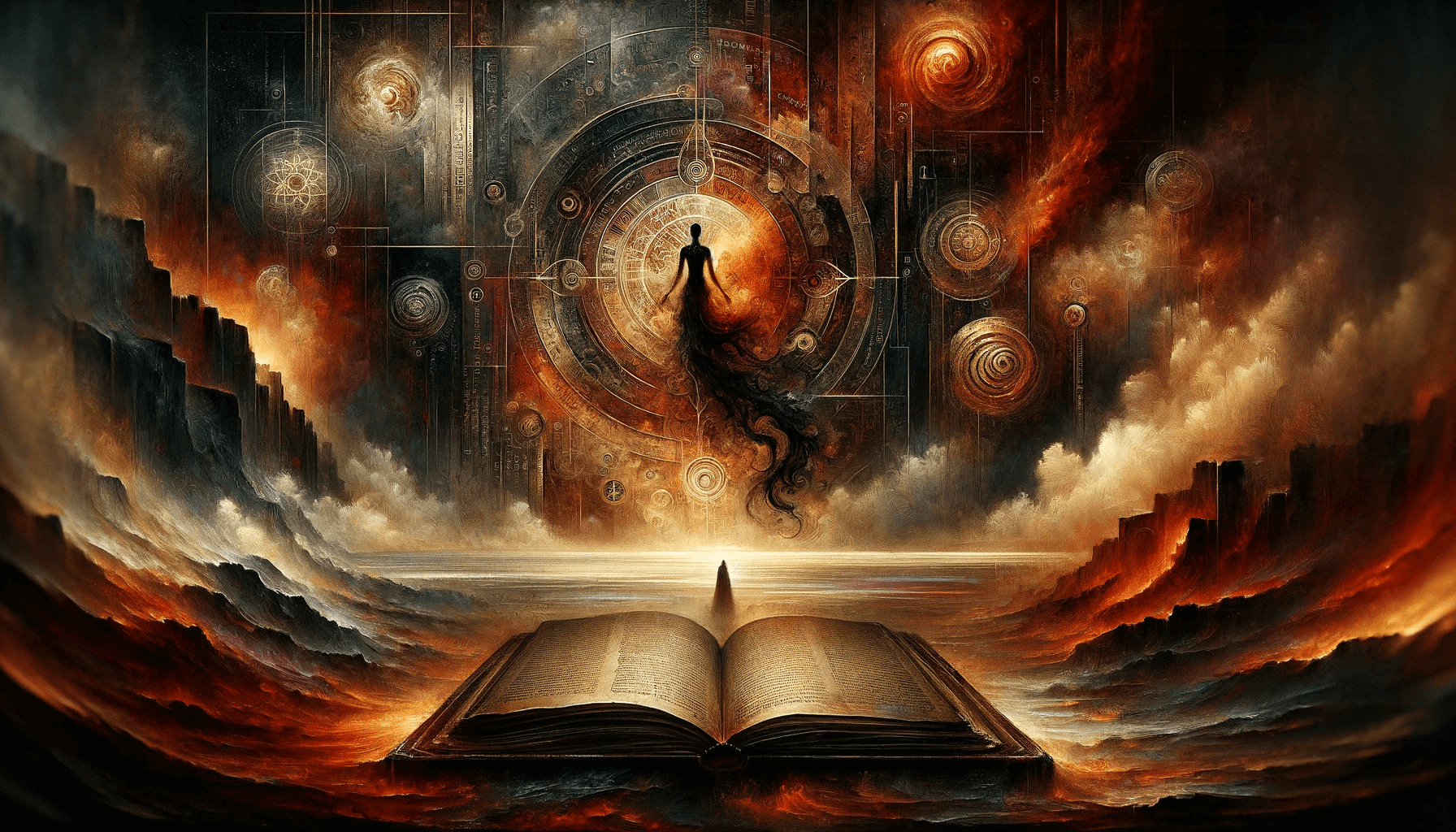Sponsor East West Horoscope
Table of Contents
Introduction to Hellfire
Hellfire, a concept that has intrigued and terrified humanity for centuries, is a subject that sparks curiosity and fear in equal measure. The idea of a fiery underworld, a place of eternal punishment, has permeated various cultures, religions, and artistic expressions throughout history. In this article, we will delve into the origins, meanings, and symbolism associated with Hellfire to gain a deeper understanding of its complexities.
Historical Origins of Hellfire
The concept of Hellfire can be traced back to ancient civilizations, where the idea of punishment after death was prevalent. In ancient Mesopotamia, the Sumerians believed in an underworld called Kur, a place of darkness and suffering. The ancient Egyptians envisioned a fiery underworld known as the Duat, where the souls of the dead were judged and punished. These early beliefs laid the foundation for developing the concept of Hellfire in later religions.
Religious Interpretations of Hellfire
Hellfire has played a significant role in religious doctrines and teachings. The Abrahamic religions, such as Christianity, Judaism, and Islam, all have their interpretations of Hellfire. In Christianity, Hellfire is often described as a place of eternal torment for the damned, where sinners are subjected to unending suffering. In Judaism, Hellfire is known as Gehenna, a place of purification before entering the afterlife. Similarly, in Islam, Hellfire, or Jahannam, is a place of punishment for those who have committed grave sins.
Cultural depictions of Hellfire
The concept of Hellfire has also been woven into the tapestry of various cultures around the world. In Greek mythology, the underworld was ruled by Hades, a dark and fiery realm where the souls of the dead resided. In Norse mythology, the realm of Hel was a place of punishment and torment for those who did not die in battle. These cultural depictions reflect the universal human fascination with the idea of a fiery underworld as a place of punishment.
Symbolism of Hellfire in literature and art
Throughout history, artists and writers have used the symbolism of Hellfire to explore deeper themes and emotions. In Dante Alighieri’s “Divine Comedy,” Hellfire is depicted as a place of punishment for various sins, with each level of Hell representing a different transgression. This symbolic journey through Hell serves as a moral lesson, highlighting the consequences of one’s actions. Similarly, in William Blake’s “The Marriage of Heaven and Hell,” Hellfire symbolizes the rebellious and creative spirit that challenges societal norms.
Hellfire in popular culture
The concept of Hellfire has permeated popular culture, becoming a recurring theme in movies, books, and music. From horror films depicting demonic creatures emerging from the depths of Hell to heavy metal songs exploring themes of darkness and rebellion, Hellfire has captured the imagination of artists and audiences alike. This fascination with Hellfire in popular culture reflects our collective desire to explore the darker aspects of human nature and confront our fears.
Debates and controversies surrounding Hellfire
The existence and nature of Hellfire have been subject to intense debate and controversy throughout history. Some argue that Hellfire is a metaphorical representation of the consequences of one’s actions, while others believe in its literal existence as a place of punishment. The moral implications of eternal damnation and the fairness of such a punishment have sparked theological and philosophical discussions. These debates continue to shape our understanding of Hellfire and its place in religious and intellectual discourse.
Hellfire and its impact on different belief systems
Hellfire, in its various interpretations, has profoundly impacted different belief systems and how people perceive the afterlife. For some, the fear of Hellfire serves as a deterrent from immoral actions, while for others, it raises questions about the nature of divine justice and mercy. The concept of Hellfire has shaped religious practices, rituals, and moral codes, providing a framework for individuals to navigate their lives and seek redemption.
Metaphorical Interpretations of Hellfire
Beyond its literal interpretations, Hellfire has also been understood metaphorically. In psychological and philosophical contexts, Hellfire can symbolize the inner torment and suffering that individuals experience as a result of their actions or psychological states. It represents the consequences of negative emotions and destructive behaviors, urging individuals to confront their inner demons and strive for personal growth and spiritual transformation.
Conclusion: Understanding the complexities of Hellfire
The concept of Hellfire, with its historical origins, religious interpretations, cultural depictions, and symbolic meanings, remains a complex and multifaceted subject. It continues to captivate our imagination, provoke intense discussions, and inspire artistic expression. Whether viewed as a literal place of punishment or as a metaphor for the consequences of our actions, Hellfire serves as a reminder of the moral choices we make in life and the potential consequences they may entail. By understanding the origins and symbolism associated with Hellfire, we gain a deeper appreciation for its significance in shaping our beliefs, values, and understanding of the human condition.
CTA: Explore other religious concepts’ fascinating history and symbolism by visiting our website and engaging in thought-provoking discussions.






